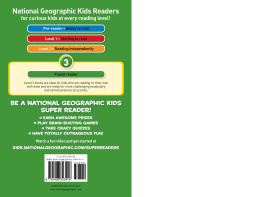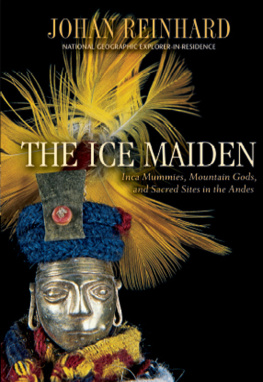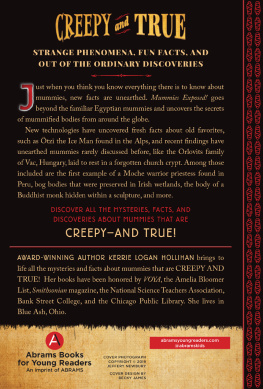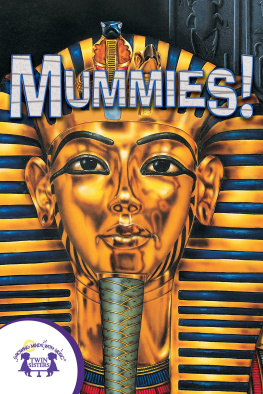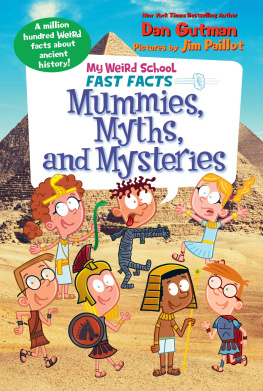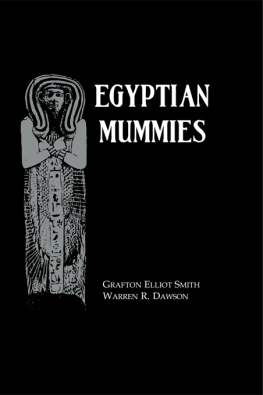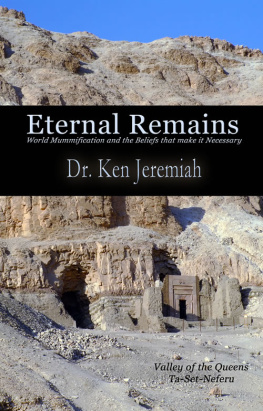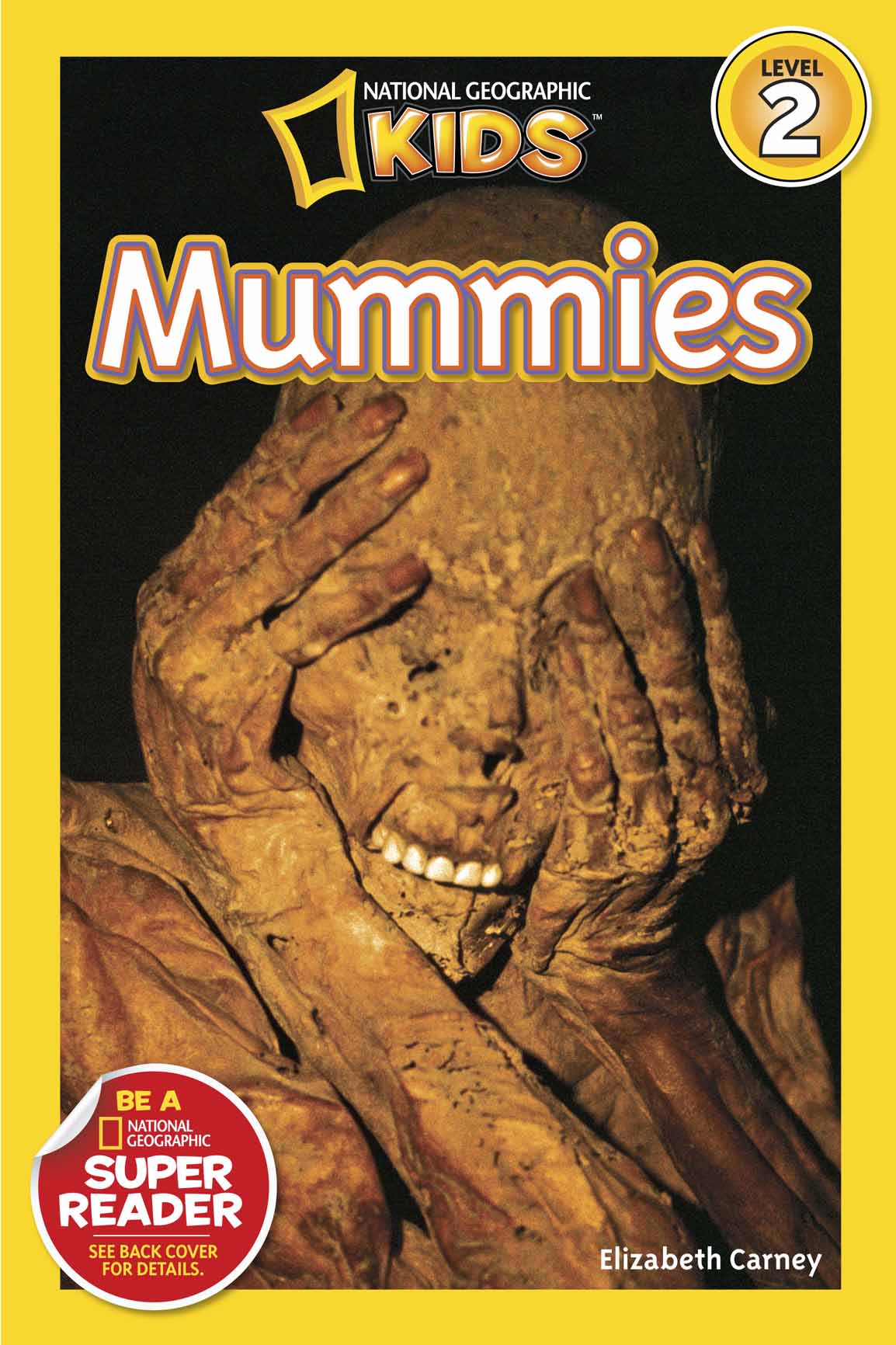Table of Contents
Guide

Children are naturally curious about the world around them, and
curiosity is a powerful motivation for reading. Information books
like this one allow you to feed your childrens interests and create
readers who not only can read but want to read!
Interesting informational books such as the National Geographic
Readers help your children learn more about the world we live
in, while helping them with reading comprehension. And stud
ies show that informational reading is critical to success as they
progress through school.
With the earliest levels in this series, you and your children will
want to read together. Even after your children can read alone,
theyll still enjoy reading time with you. Either way, keep in mind
that when parents show that reading is fun, rather than a set of
skills to be learned, their children achieve more, and learn more.
Sincerely,
Mariam Jean Dreher
Professor of Reading Education
University of Maryland, College Park
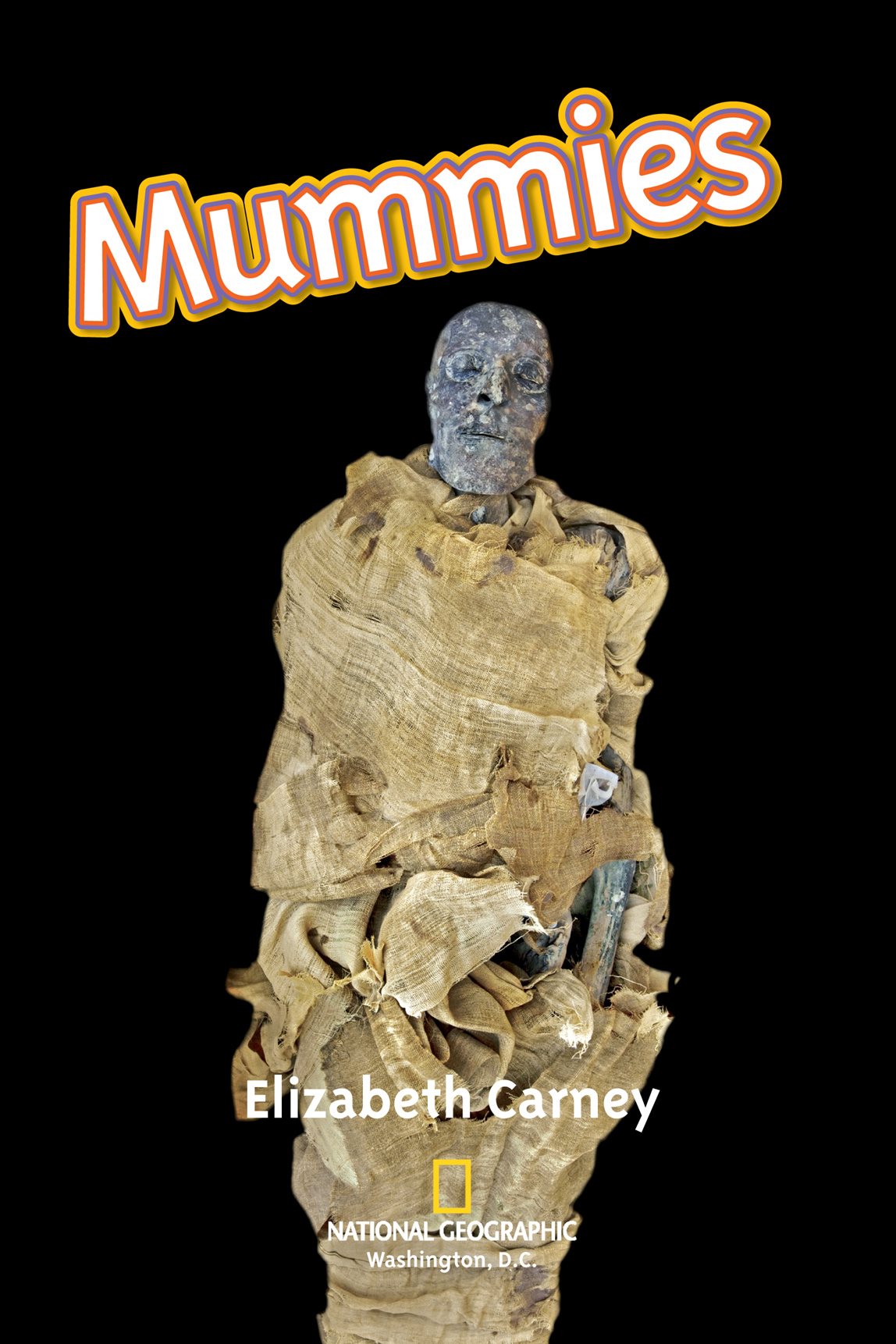
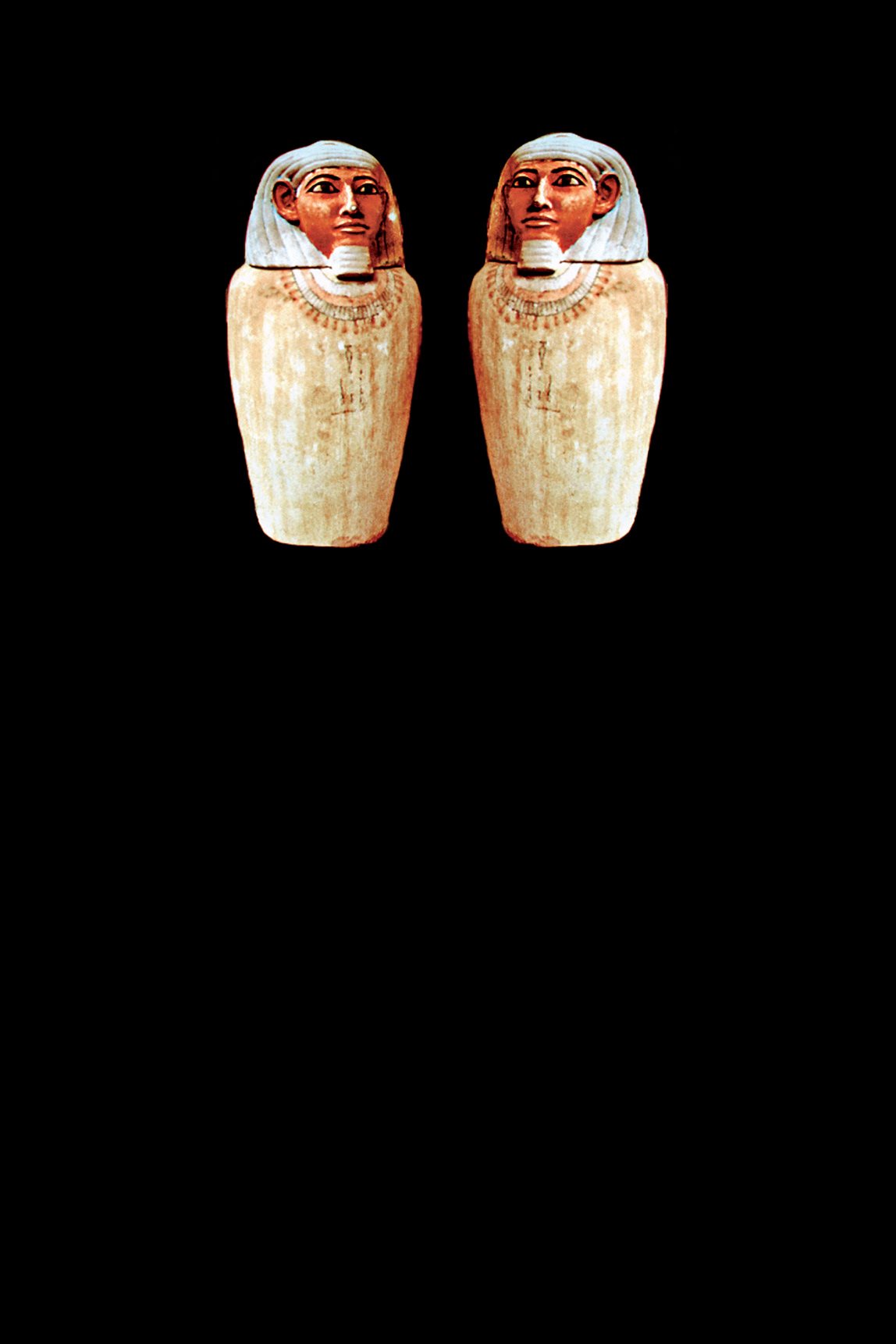
For Patrick, Brendan, Brian, and Nora. Unlike mummies,
laughing with you never gets old.E.C.
Copyright 2009 National Geographic Society
Published by the National Geographic Society, Washington, D.C. 20036 All rights reserved.
Reproduction in whole or in part without written permission of the publisher is strictly prohibited.
Library of Congress Cataloging-in-Publication Data
Carney, Elizabeth, 1981
Mummies / by Elizabeth Carney.
p. cm.
ISBN 978-1-4263-0528-3 (pbk. : alk. paper) -- ISBN 978-1-4263-0529-0 (library binding : alk. paper)
-- eISBN 978-1-4263-1300-4 (eBook)
1. Mummies--Juvenile literature. I. Title.
GN293.C37 2009
393.3--dc22
2009003630
Cover: Todd Gipstein/ National Museum, Lima, Peru/ NationalGeographicStock.com ; 1, 32 (middle, right): DEA/ S.
Vannini/ DeAgostini Picture Library/ Getty Images; 2: ancientnile/ Alamy; 5 (both): Christina Gascoigne/ Robert
Harding Picture Library Ltd./ Alamy; 6: Marwan Naamani/ AFP/ Getty Images; 7: O. Louis Mazzatenta/ NationalGeo
graphicStock.com ; 8: British Museum/ Art Resource, NY; 9, 32 (middle, left): Glen Allison/ Photographers Choice/
Getty Images; 10-11: Robin Weaver/ Alamy; 12: Vienna Report Agency/ Sygma/ Corbis; 13: MARKA/ Alamy; 14-15:
Marc DeVille/ Getty Images; 16: South American Pictures: 17: Enrico Ferorelli; 18-19: Illustration by Kimberly Scham
ber; 20: Kenneth Garrett/ National Geographic/ Getty Images; 21: AP Photo/ Ric Francis; 22: Time Life Pictures/ Getty
Images; 23 (top): Robert Harding World Imagery/ Getty Images; 23 (right): Stapleton Collection/ Corbis; 24: Erich
Lessing/ British Museum/ Art Resource, NY; 25 (top): Alistair Duncan/ Dorling Kindersley/ Getty Images; 25 (bottom):
Carl & Ann Purcell/ Corbis; 26, 27: Hunan Provincial Museum; 29, 32 (bottom, left): University College Museum,
London, UK/ The Bridgeman Art Library; 30, 31: Ira Block/ NationalGeographicStock.com ; 32 (top, left): Shutterstock;
32 (top, right): Dr. Fred Hossler/ Visuals Unlimited/ Getty Images; 32 (bottom, right): Bojan Brecelj/ Corbis.

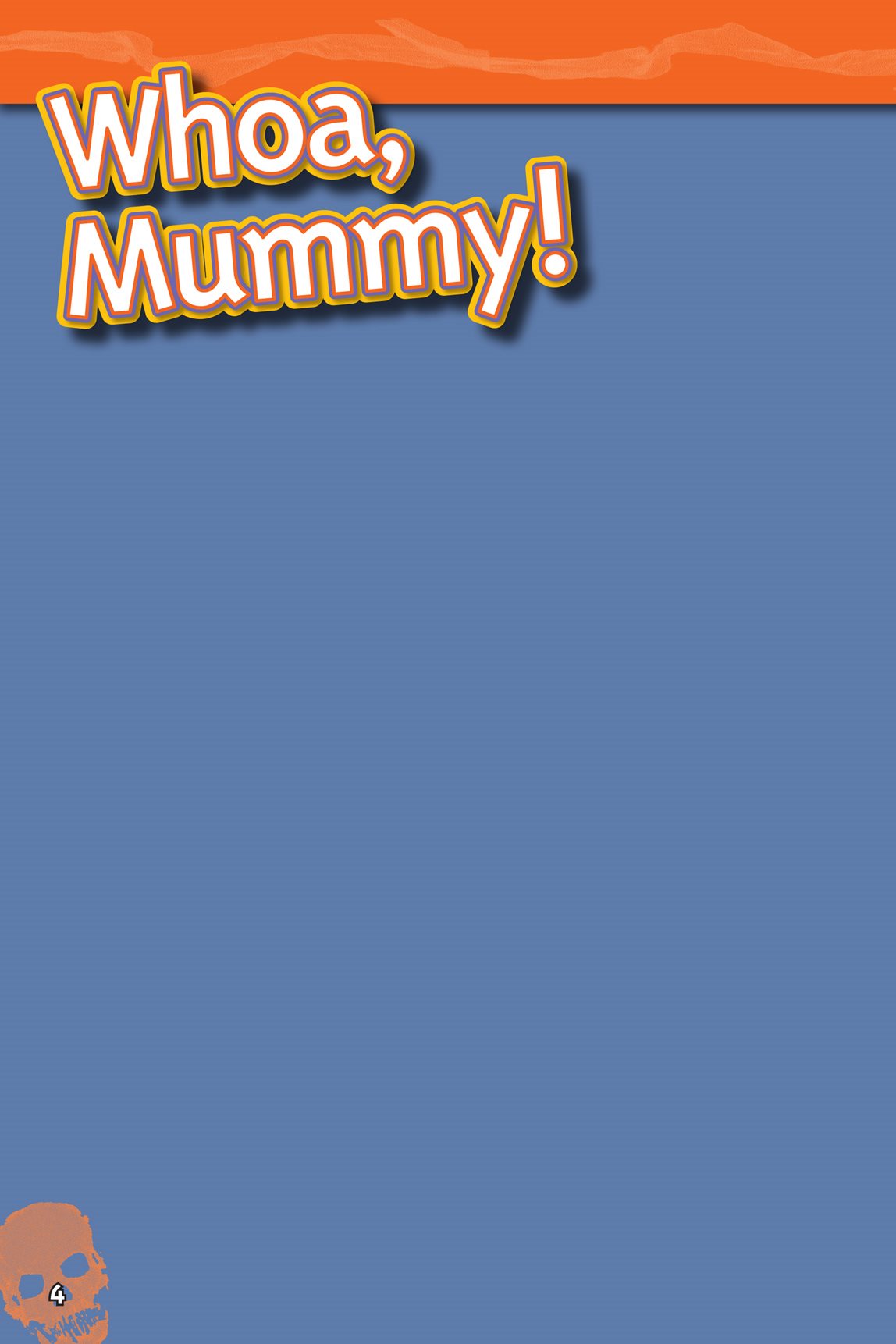
A farmer is working in
swampy land. His shovel hits
something hard. He uncovers
a blackened body.
It has hair, teeth, even fingerprints.
The farmer calls the police.
It looks like the person died recently.
But the body is over two thousand
years old! Its a mummy!
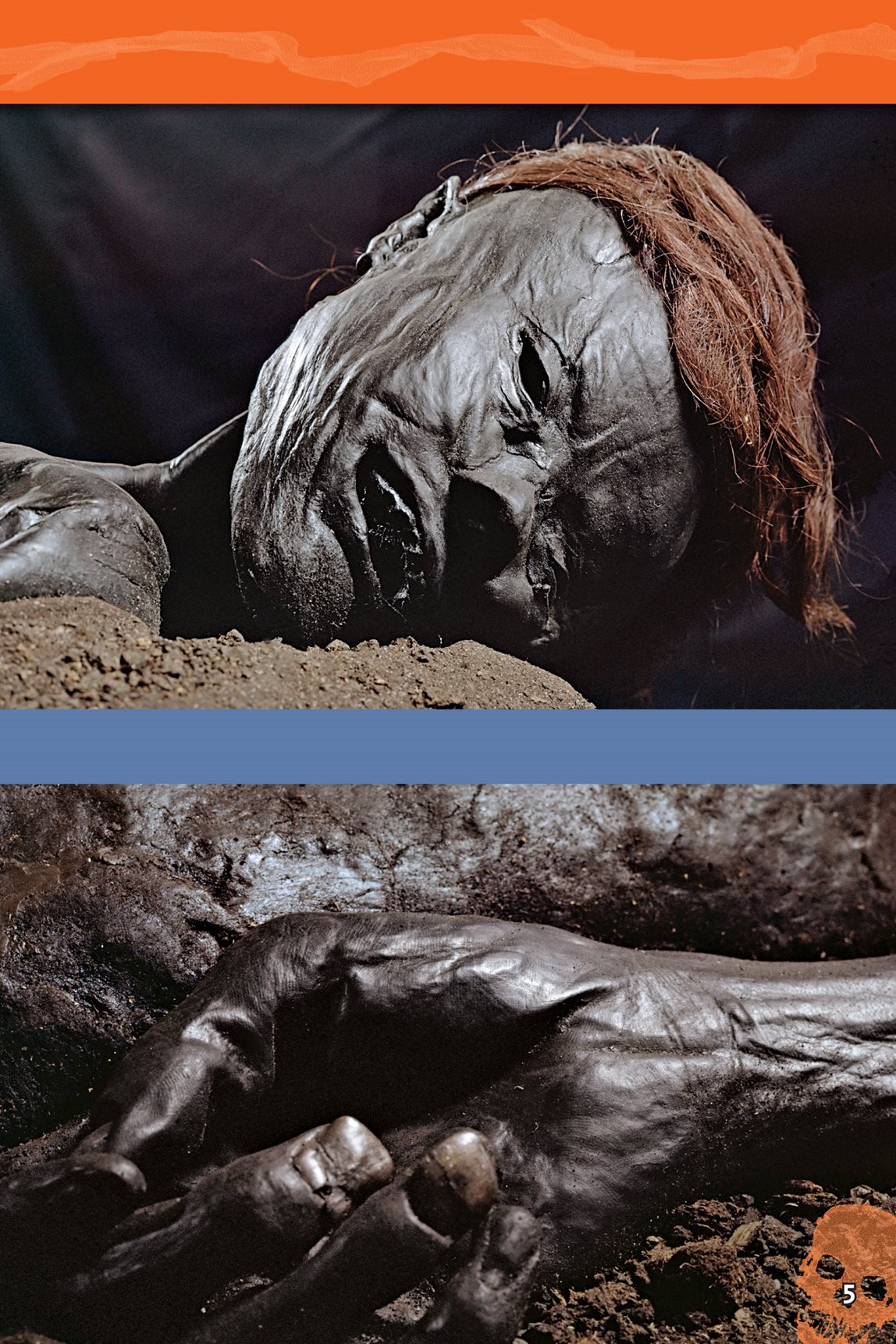
The Grauballe Man, found in a swampy bog
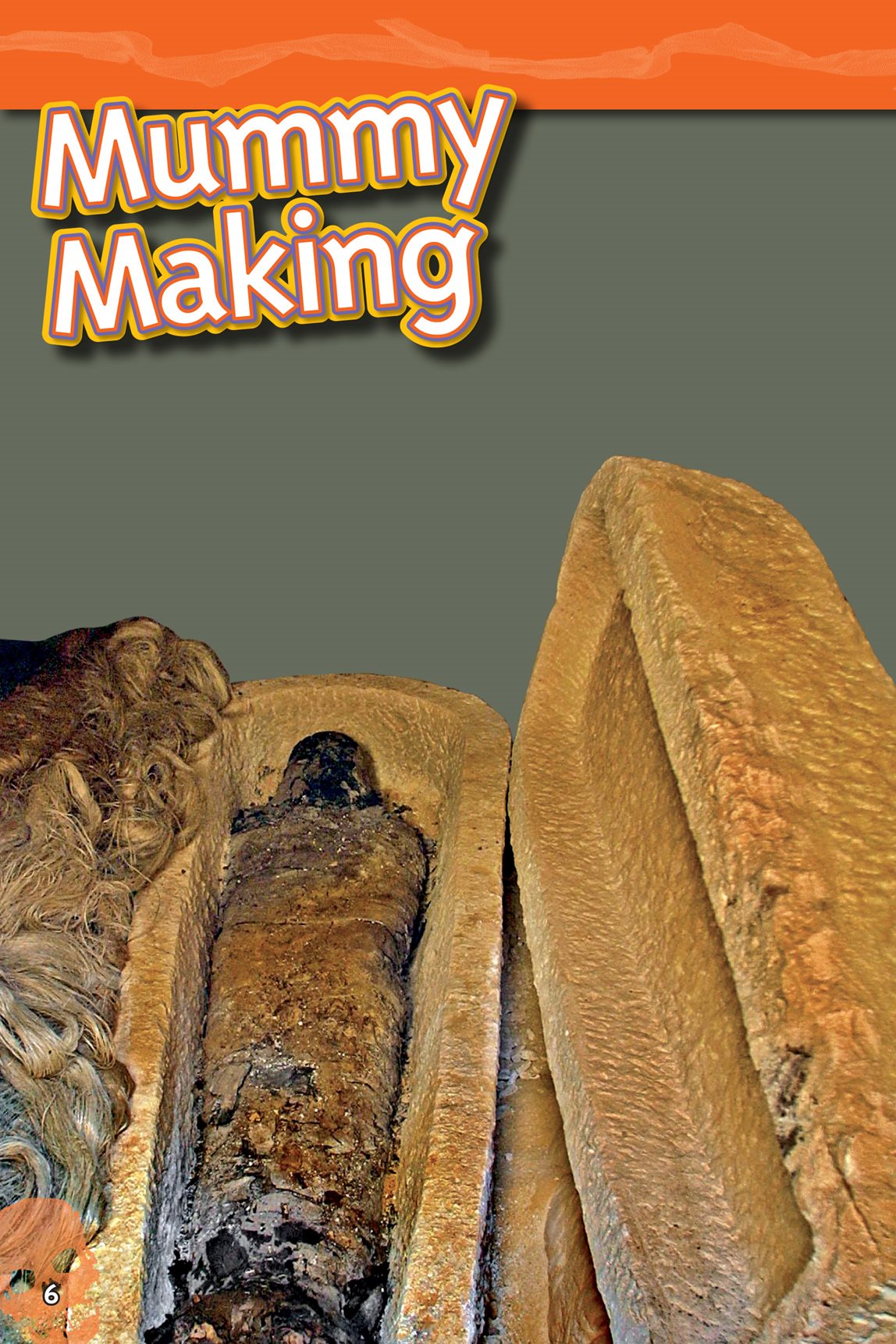
When something dies, it
decays. Insects, wild
animals, and bacteria eat
parts of the body.
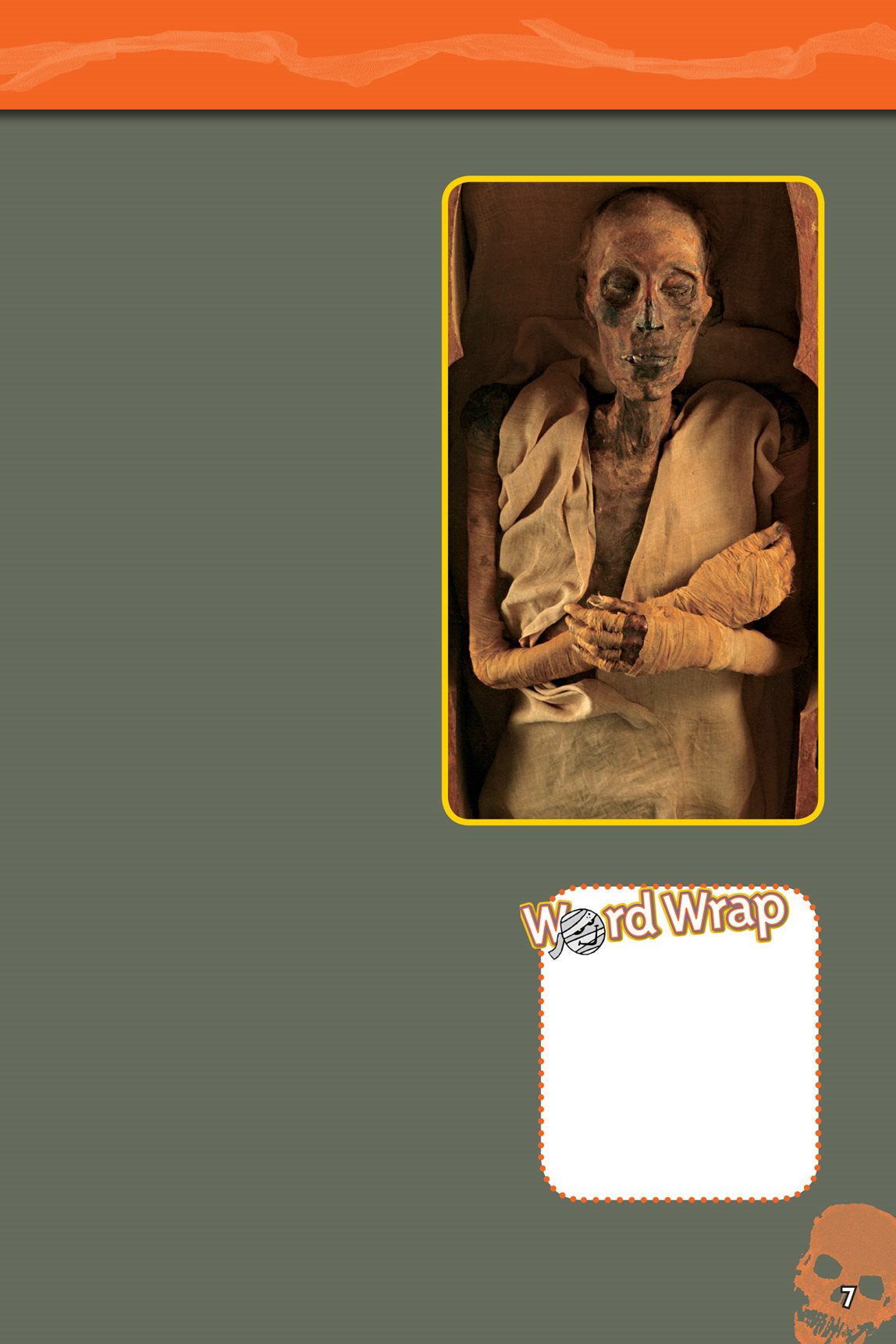
A mummy is
a dead body that
doesnt decay.
A mummy can be
made in two ways.
People can use
bacteria- killing
chemicals to
make mummies.
Or, if a body is in the
right place at the right
time, it can also become
a mummy naturally.
In those places, any
dead body might
become a mummy!
BACTERIA: Tiny living
things that can only
be seen through a
microscope.
DECAY: To rot or
break down.
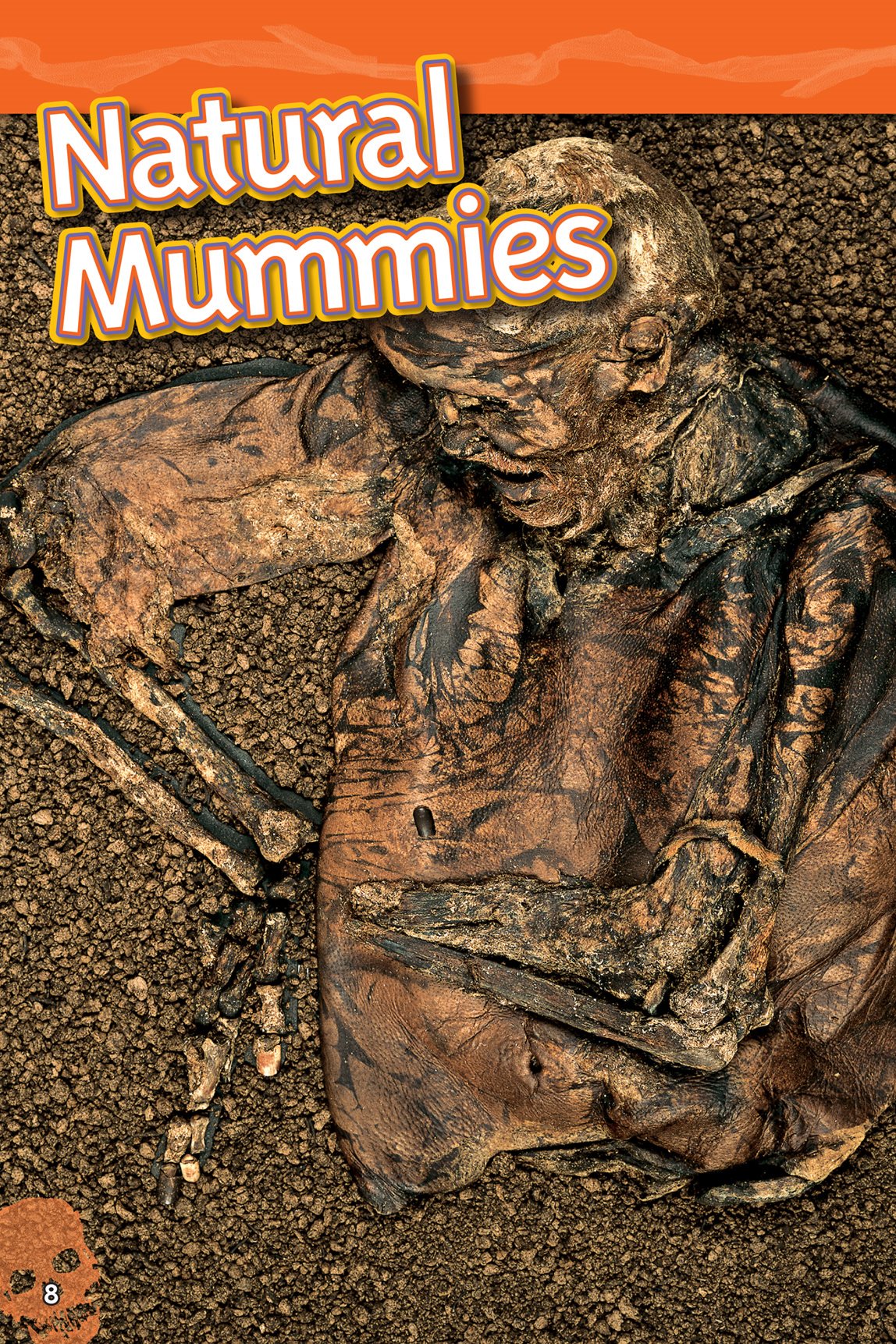
A bog mummy known as
the Lindow Man
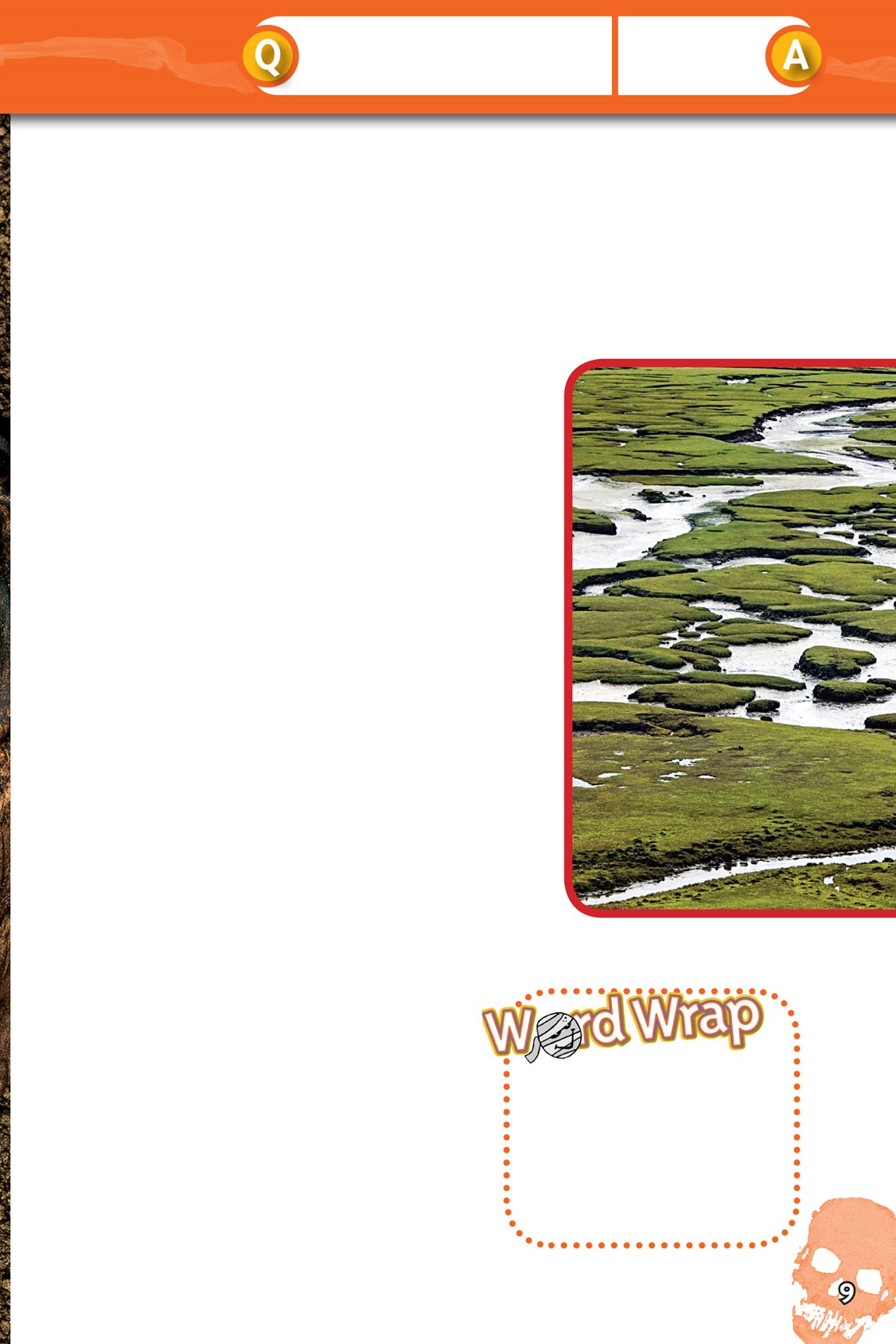
What do you call a mummy
who eats cookies in bed?
A crumby
mummy
Body- eating bacteria do not grow
well in places that are very cold.
Or in places that are hot and dry.
Or in places called bogs.
People have found
mummies on frosty
mountaintops and in
hot deserts.
Bogs are wet,
swamp- like places.
Bog mummies can
be so well kept that
scientists could
tell one ancient
man used hair gel!
BOGS: Swampy areas
where special mosses
grow. The plants make
the area a tough place
for bacteria to live.
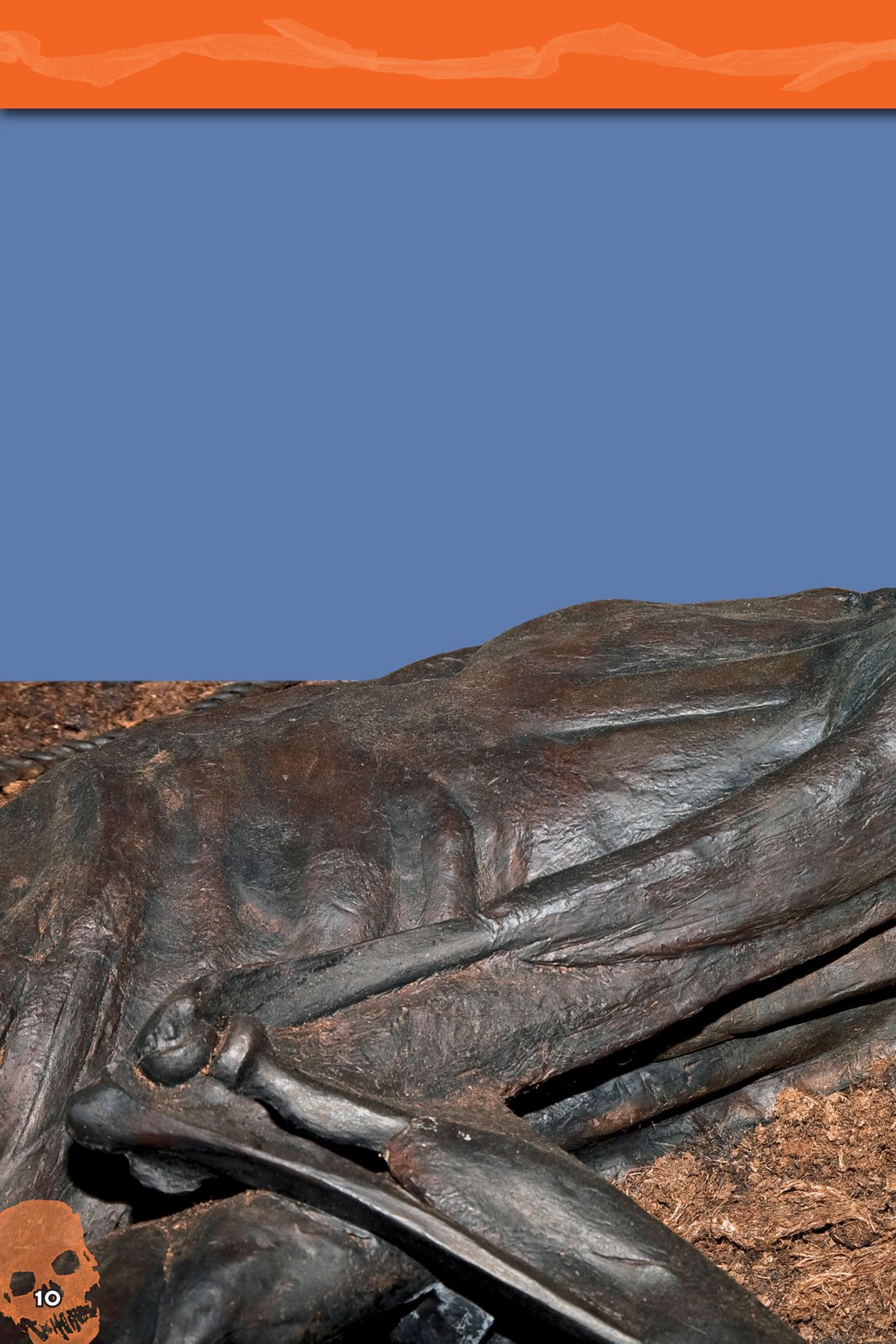
The mans face looks like hes sleeping.
But he didnt die peacefully.
This bog mummy in Denmark was
found with a rope around his neck.
Experts think the man was killed as part
of a religious ceremony.

The bits of his last meal, vegetable
soup eaten 2,300 years ago, are
still in his stomach.
Tollund Man

tzi Man


